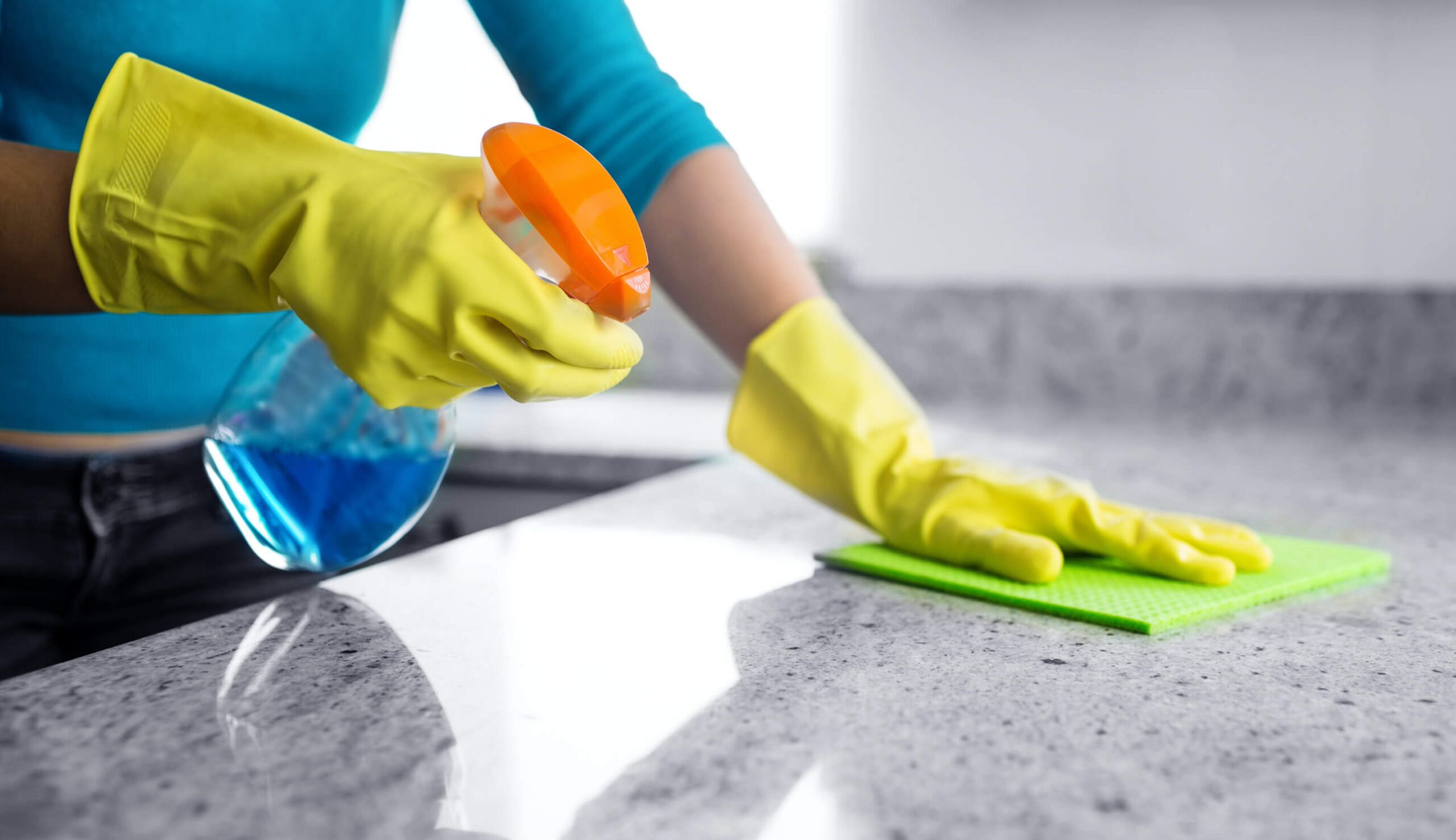 Are you tired of your dull and tinny car audio system? A custom system will bring out the best in your vehicle’s sound quality.
Are you tired of your dull and tinny car audio system? A custom system will bring out the best in your vehicle’s sound quality.
Mid-range speakers reproduce vocals and instruments like guitars. Tweeters reproduce high frequencies, such as cymbals and other high-pitched sounds.
The start-up chime in the new Fiat 500 electric car plays a melody from Nino Rota’s Amarcord. That’s what you get when you choose a custom car audio shop!
Many aftermarket car audio systems use high-quality speakers to deliver the full range of sound frequencies. Speakers are the primary sound output devices in your vehicle, so upgrading them is one of the quickest and most affordable ways to enhance the quality of your car audio.
Aftermarket speakers come in a variety of sizes and classes. For example, a pair of Pyle 6.5-inch speakers can handle up to 400 watts peak. They’re also built to be durable and withstand vibrations in the cabin of your vehicle.
The type of speakers you choose will have a significant impact on the quality of your sound system. Component speakers, which have separate drivers for the woofer and tweeter, allow you to mount them in different locations within your vehicle for ideal acoustic positioning. This lets you create a soundstage that accurately reproduces your music the way it was recorded, giving you a more realistic listening experience.
In contrast, full-range speakers have all the drivers connected to each other. This allows the woofer to produce low-to-mid-frequency sounds while the tweeter handles mid-to-high-frequency sounds. This can be problematic because the woofer and tweeter may waste electrical energy trying to reproduce frequencies they were not designed for. This can cause distortion in the music that is noticeable to listeners.
If you’re looking for a more convenient option, you can purchase a pair of door-mounted speakers with a built-in amplifier. These speakers provide better performance than factory-installed speakers, and they’re available in a wide range of sizes to fit almost any vehicle. They’re also easy to install and can be hooked up to the existing head unit in your vehicle without additional wiring.
Another option is to purchase a separate amplifier with speaker-level inputs that will allow you to hook it up directly to your head unit. This eliminates the need for a signal converter, which can improve the sound quality and reduce wired clutter.
Whether you prefer the sound of a full set of speakers or just want a simple upgrade, the right speakers can transform your car into a concert hall. Our team can help you select and install the best speakers for your vehicle’s size, shape, and interior style.
Amplifiers
When it comes to car audio, the factory music systems that come with most vehicles are pretty average. Most of the time, you will have to upgrade your speakers to amplify their performance and also add a subwoofer for more depth and punch in your music. Purchasing the right amplifier is one of the most important parts of a great-sounding system.
The first thing to consider when buying a car amplifier is its maximum power. This is a measure of the maximum amount of wattage that can be continuously produced by the amp without risking damage. A good rule of thumb is to ensure that the maximum power of your amp is higher than the total power output of all the speakers in your vehicle.
Another specification to pay attention to is the channel configuration of an amp. A mono amp will power one speaker, while a stereo amplifier will have two channels and can be used for front or rear speakers. If you are planning on adding a subwoofer, then a four-channel amp will be the best option for your vehicle.
When choosing an amplifier, it is also essential to look at its class. Different classes offer different advantages over each other. For example, Class A amplifiers offer better signal reproduction, while Class AB amplifiers combine the advantages of Class A and Class B amplifiers to provide efficiency and reliability.
If you are unsure which amplifier is the best choice for your vehicle, you can always ask the car audio experts at your local Crutchfield store. They will be happy to help you find the perfect amp for your vehicle, and you can even try out different models in their showroom.
Adding a new amplifier to your car audio system is one of the best investments you can make for the quality of your music. You will notice a dramatic difference in the sound of your favorite tunes after adding an amplifier, and you will be able to crank up the volume with confidence knowing that your speakers can handle it.
Wiring
When most people think about car audio, they envision speakers, amplifiers, and subwoofers. While these are all important parts of a custom system, the wiring is just as important to consider. Without the proper gauge wires, a new stereo simply won’t work. In addition to using high-quality wires, an installer will also solder all connections and protect them with heat shrink tubing to ensure the quality of the wiring.
This will prevent corrosion over time, and it will also reduce the risk of shorting out due to vibration or exposure to harsh elements such as sun, snow, or rain. Another thing that an installer will do is use sound-dampening material on speaker enclosures and trunks. This will help to minimize vibrations caused by the music and improve the overall sound quality of the vehicle.
Most aftermarket radios come with auxiliary inputs that allow you to connect your smartphone or MP3 player directly to your new stereo. This is a great way to enjoy your favorite tunes while on the road, but it isn’t ideal because the auxiliary connection transmits background and system noise and cannot be controlled from your new radio. A better option is to upgrade to a Bluetooth system, which will eliminate all of these issues and give you the freedom to listen to your music as you want.
Many aftermarket stereos will include some type of integration with your phone or MP3 device, but a professional installation is the best way to guarantee that everything works correctly. An installer will ensure that your new radio is programmed to work with your device and that you can control the playback through your vehicle’s buttons.
A custom audio system is the perfect way to bring a whole new level of entertainment to your vehicle. By choosing the right speakers, amplifiers, and subwoofers, you can create a system that will blow away the factory-standard system in your car. Whether you want just a little bit of bass or you’re looking for a system that will make your ears tingle and your feet start tapping, a professional installer can design a solution that will meet all of your needs.
Installation
Car stereos have come a long way since the days of the basic factory system. Today’s head units are more like fully functioning computer systems and feature a myriad of options to suit your audio and vehicle integration needs. Whether you want to add a new set of speakers or an entire new system, we can design and install the perfect solution for your car.
The most important component of any car stereo system is the speaker. Upgraded speakers can make your music sound better, even if you don’t change anything else. However, if you’re looking to take your audio experience to the next level, we can also add subwoofers and amplifiers for full-range sound and incredible bass.
Modern aftermarket car stereos aren’t just louder than their factory counterparts; they offer superior built-in power and enhanced circuitry to produce cleaner, richer, more detailed sound. They’re great for those who love to tweak their tone controls and want to hear their music the way the artists intended it to sound.
In addition to providing excellent sound quality, our experts can also customize your system to best fit your specific audio and multimedia requirements. We can create different configurations that allow you to listen to podcasts, music, and sports broadcasts in ways that are optimized for each type of content. Our goal is to provide you with the ultimate mobile entertainment experience.
Almost every aftermarket car audio installation these days includes some sort of smartphone or MP3 integration. Whether it’s an auxiliary plugin that uses the standard 3.5 mm input on your device or Bluetooth, we have a solution that will work for you. The benefits of Bluetooth integration include the wireless nature of the connection, telephone integration, which allows you to place and receive calls through your stereo, and autoplay features, which enable your device to connect automatically and play right away on your new custom stereo system.
To really make your new custom car audio system stand out from the crowd, we can add LED lighting to illuminate your new speakers and subwoofers. Single-color flexible LEDs are available, as are RGB (multi-color) LED lights that can be controlled with a phone app to display any color in the rainbow.
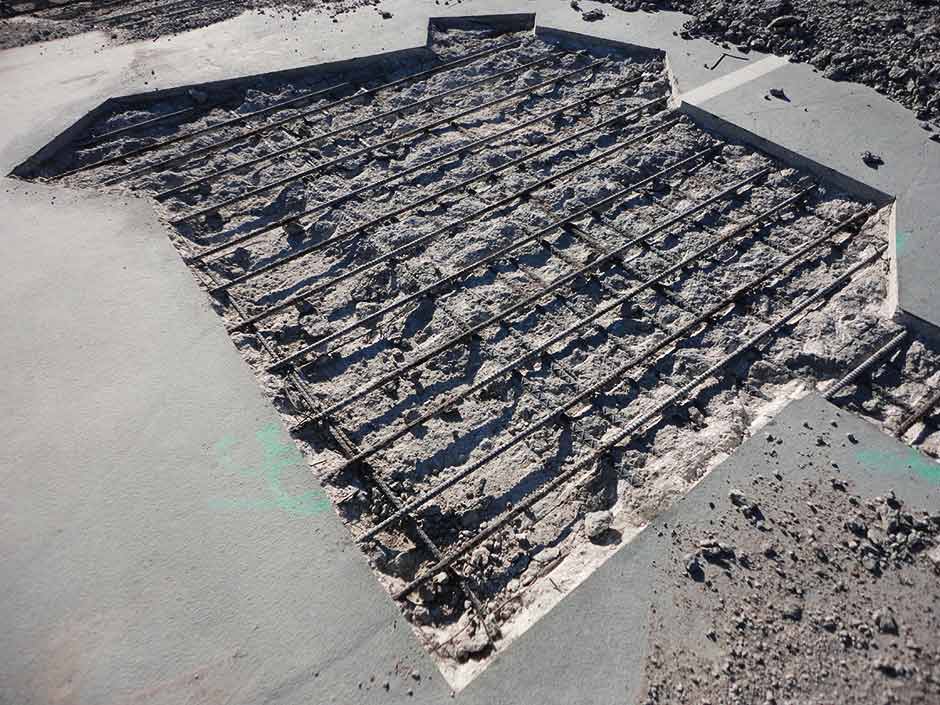
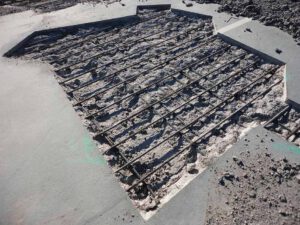
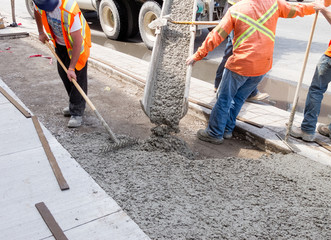
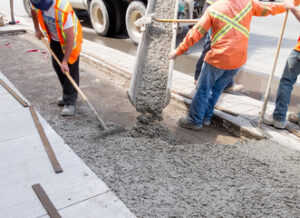 Formwork is a framework that holds wet concrete until it sets, creating the shape of a structure. It can be permanent or temporary, and concrete contractors need to design a formwork system that balances quality, cost and safety. Formwork can be a major source of stress on construction sites and may need to be reinforced and braced to prevent collapse or damage to the concrete.
Formwork is a framework that holds wet concrete until it sets, creating the shape of a structure. It can be permanent or temporary, and concrete contractors need to design a formwork system that balances quality, cost and safety. Formwork can be a major source of stress on construction sites and may need to be reinforced and braced to prevent collapse or damage to the concrete.